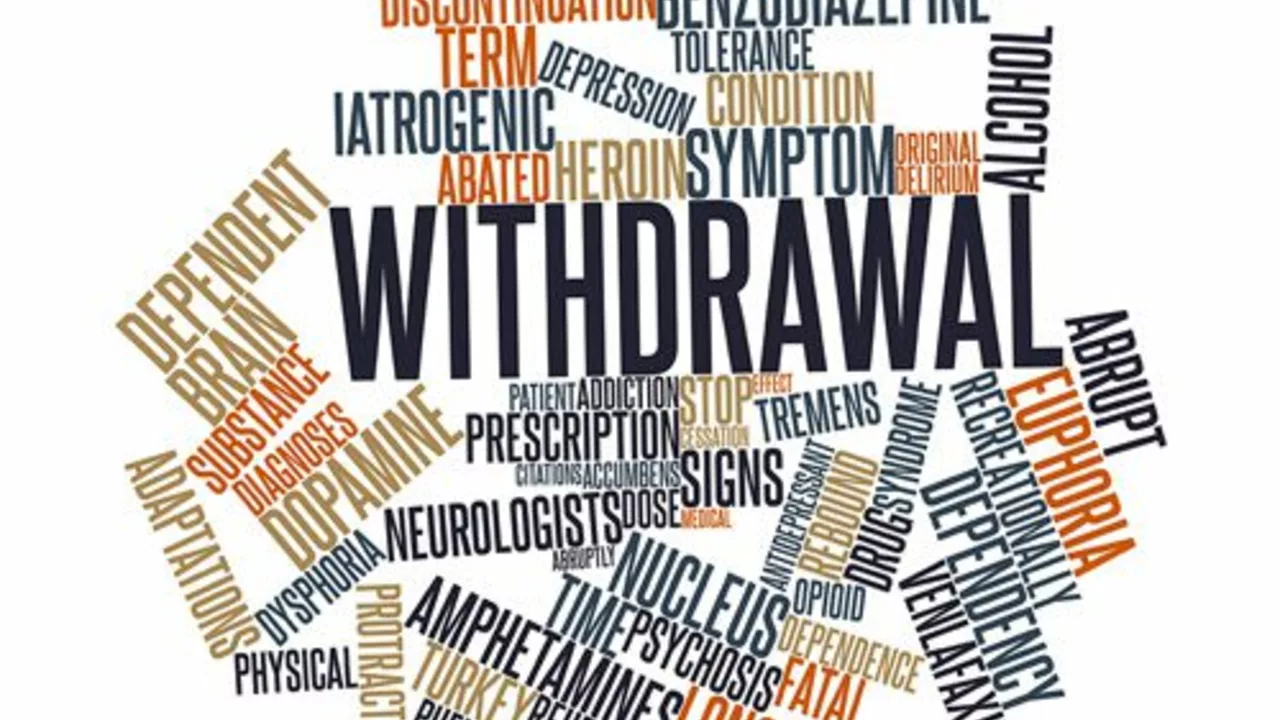Drug Withdrawal: Symptoms, Timelines & Safe Steps
Going through withdrawal can feel scary, confusing, and lonely. Whether it’s opioids, alcohol, benzodiazepines, stimulants, or prescription drugs, withdrawal shows up differently. This page gives straight, practical info so you know what to expect and how to stay safe.
What to expect: symptoms and timelines
Different drugs cause different timelines. Short-acting opioids (like heroin) often cause symptoms 6–12 hours after the last dose, peak in 1–3 days, and ease over a week, though mood and sleep can take longer. Long-acting opioids start later and may last longer. Alcohol withdrawal often begins 6–24 hours after stopping; severe cases can lead to seizures or delirium tremens around 48–72 hours—medical supervision is essential.
Benzodiazepine withdrawal can start within 1–2 days for short-acting types and much later for long-acting ones. Symptoms can linger for weeks or months and include anxiety, sleep problems, and, rarely, seizures—so tapering under a doctor is usually safer than quitting cold turkey. Stimulant withdrawal (cocaine, amphetamines) typically causes a heavy crash: tiredness, low mood, and strong cravings that can last days to weeks. Antidepressants and some other meds can cause discontinuation reactions—lightheadedness, flu-like symptoms, or electric shock sensations—often within days of stopping.
How to stay safe during withdrawal
First rule: don’t guess your way through risky withdrawals. If you’re stopping alcohol or benzodiazepines, talk to a healthcare provider—these withdrawals can be dangerous. For opioids, ask about supervised detox and medications like buprenorphine or methadone; they reduce risk and make withdrawal manageable. If you use multiple substances, medical supervision is even more important.
Practical self-care helps too: stay hydrated, eat simple balanced meals, rest when you can, and use over-the-counter relief for aches or fever (check interactions). Breathing exercises, short walks, and having a trusted person with you can reduce panic. Remember: cravings are intense but usually peak and then fade—planning distractions and support helps you get through the worst hours.
Watch for red flags and get emergency help if you see seizures, severe confusion or hallucinations, chest pain, severe vomiting or dehydration, or suicidal thoughts. If you can, find a local detox program, addiction clinic, or ask your GP about a safe taper plan. Peer support groups and counseling reduce relapse risk and help build long-term coping tools.
If you want more practical guides, medication explanations, or local help options, browse our articles or contact a healthcare professional. You don’t have to do this alone—there are proven ways to make detox safer and more manageable.
Topiramate Withdrawal: Symptoms and Tips for Managing Them
In my latest article, I discuss the process of withdrawing from Topiramate, a medication typically used for treating epilepsy and migraines. The withdrawal can lead to various symptoms including anxiety, restlessness, and sleep disturbances. I also provide useful tips to manage these symptoms, such as tapering off the dosage gradually under a doctor's guidance and maintaining a healthy lifestyle. It's important to remember that everyone's experience is different, so don't hesitate to seek professional help if needed. Understandably, this process can be challenging, but with the right approach and support, it can become manageable.
